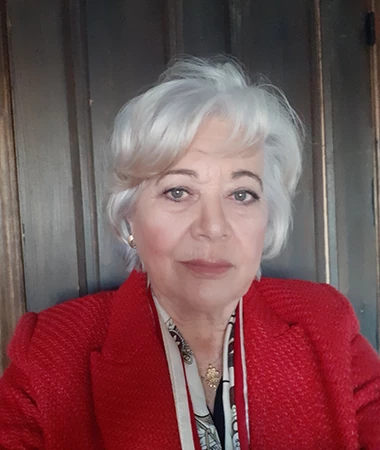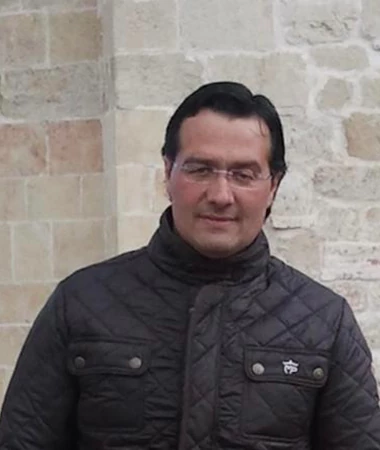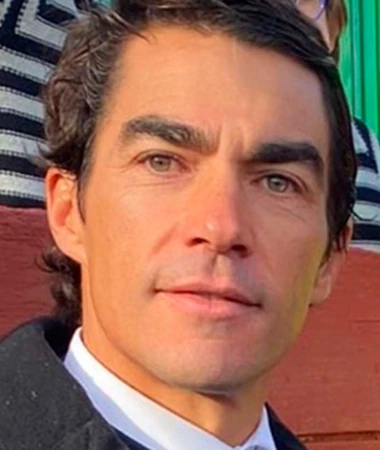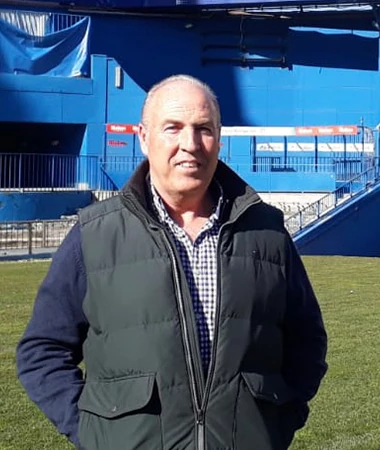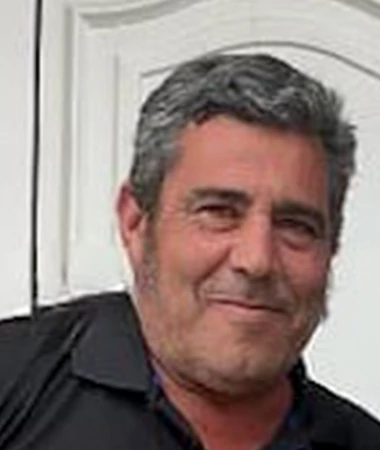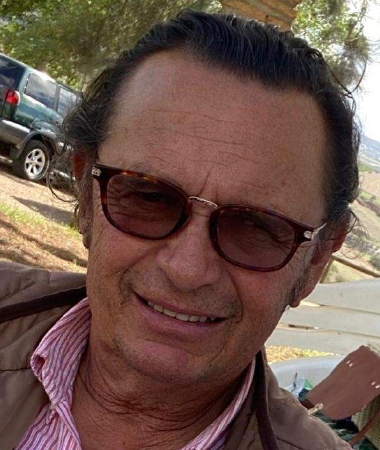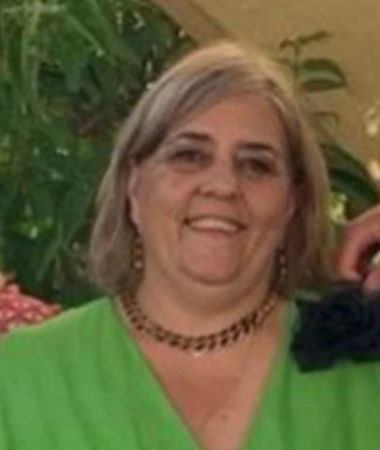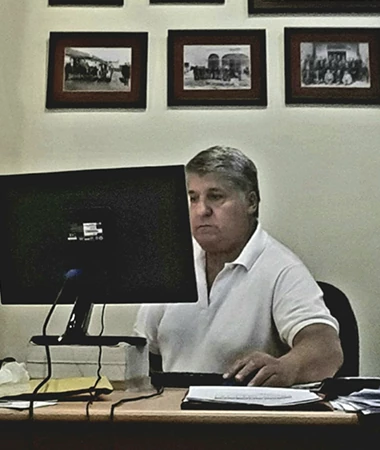Links to our privacy policy, legal, use and cookies policy
From this panel you can configure the cookies that the website can install on your browser, except for technical or functional cookies that are necessary for navigation and use of the different options or services offered.
By selecting the option "enable all", the user authorizes the installation of all cookies in your browser and the processing of data under the conditions reflected in the Cookies Policy.
The user can check or uncheck the "enable all" selector depending on whether he/she wishes to accept or reject the installation of cookies.
Strictly necessary cookies must always be enabled so that we can save your cookie setting preferences.
Below is the list of cookies according to their purpose:
| FINALIDAD TÉCNICA Y FUNCIONAL | |||
| Propiedad | Cookie | Finalidad | Plazo |
| google.com | Secure-3PSIDC C | Cookie necesaria para la utilización de las opciones y servicios del sitio web | en un año |
|
google.com |
SEARCH_SAMESI TE |
SameSite evita que el navegador envíe esta cookie junto con las solicitudes entre sitios. El objetivo principal es mitigar el riesgo de fuga de información de origen cruzado. También proporciona cierta protección contra ataques de falsificación de solicitudes entre sitios. |
en 6 meses |
| gstatic.com | CONSENT | Rastreador de consentimiento de cookies de Google | en 17 años |
| asociacionlidia | G-QK5R9WL9ZV | Cookie necesaria para la utilización de las opciones y servicios del sitio web | Sesión |
| asociacionlidia | G-QK5R9WL9ZV | Cookie necesaria para la utilización de las opciones y servicios del sitio web | en 7 días |
| FINALIDAD ANALÍTICA | |||
| Propiedad | Cookie | Finalidad | Plazo |
| google.com | Secure-3PAPISI D | Estas cookies se utilizan para entregar anuncios más relevantes para usted y sus intereses. | en un año |
| google.com | Secure-3PSID | Estas cookies se utilizan para entregar anuncios más relevantes para usted y sus intereses. | en 2 años |
| asociacionlidia | _ga | ID utiliza para identificar a los usuarios | en 2 años |
| asociacionlidia | _gid | ID utiliza para identificar a los usuarios durante 24 horas después de la última actividad | en 22 horas |
| FINALIDAD PUBLICITARIA | |||
| doubleclick.net | IDE | Esta cookie se utiliza para la orientación, el análisis y la optimización de las campañas publicitarias en DoubleClick / Google Marketing Suite |
en 6 meses |
| google.com | ANID | Google utiliza estos cookies para hacer publicidad más atractiva para los usuarios y más valiosa para los editores y anunciantes | en 4 meses |
| google.com | APISID | Descargar ciertas herramientas de Google y guardar ciertas preferencias, por ejemplo, el número de resultados de la búsqueda por hoja o la activación del filtro SafeSearch. Ajusta los anuncios que aparecen en la búsqueda de Google. | en un año |
| google.com | HSID | Descargar ciertas herramientas de Google y guardar ciertas preferencias, por ejemplo, el número de resultados de la búsqueda por hoja o la activación del filtro SafeSearch. Ajusta los anuncios que aparecen en la búsqueda de Google. | en un año |
| google.com | NID | Estas cookies se utilizan para recopilar estadísticas del sitio web y rastrear las tasas de conversión y la personalización de anuncios de Google | en 7 meses |
| google.com | SAPISID | Descargar ciertas herramientas de Google y guardar ciertas preferencias, por ejemplo, el número de resultados de la búsqueda por hoja o la activación del filtro SafeSearch. Ajusta los anuncios que aparecen en la búsqueda de Google. | en un año |
| google.com | SID | Descargar ciertas herramientas de Google y guardar ciertas preferencias, por ejemplo, el número de resultados de la búsqueda por hoja o la activación del filtro SafeSearch. Ajusta los anuncios que aparecen en la búsqueda de Google. | en 2 años |
| google.com | SIDCC | Descargar ciertas herramientas de Google y guardar ciertas preferencias, por ejemplo, el número de resultados de la búsqueda por hoja o la activación del filtro SafeSearch. Ajusta los anuncios que aparecen en la búsqueda de Google. | en un año |
| google.com | SSID | Descarga ciertas herramientas de Google y guarda ciertas preferencias, por ejemplo, el número de resultados de búsqueda por página o la activación del filtro SafeSearch. Ajusta los anuncios que aparecen en la Búsqueda de Google. | en un año |
If you disable this cookie we will not be able to save your preferences. This means that every time you visit this website you will have to enable or disable cookies again.
This website uses Google Analytics to collect anonymous information such as the number of visitors to the site, or the most popular pages.
Leaving this cookie active allows us to improve our website.
| Editor | Política de privacidad |
| DoubleClick/Google Marketing | https://privacy.google.com/take-control.html |
| Google Analytics | https://privacy.google.com/take-control.html |
| https://privacy.google.com/take-control.html | |
| https://safety.google/privacy/privacy-controls/ |
Please enable strictly necessary cookies first so that we can save your preferences!



